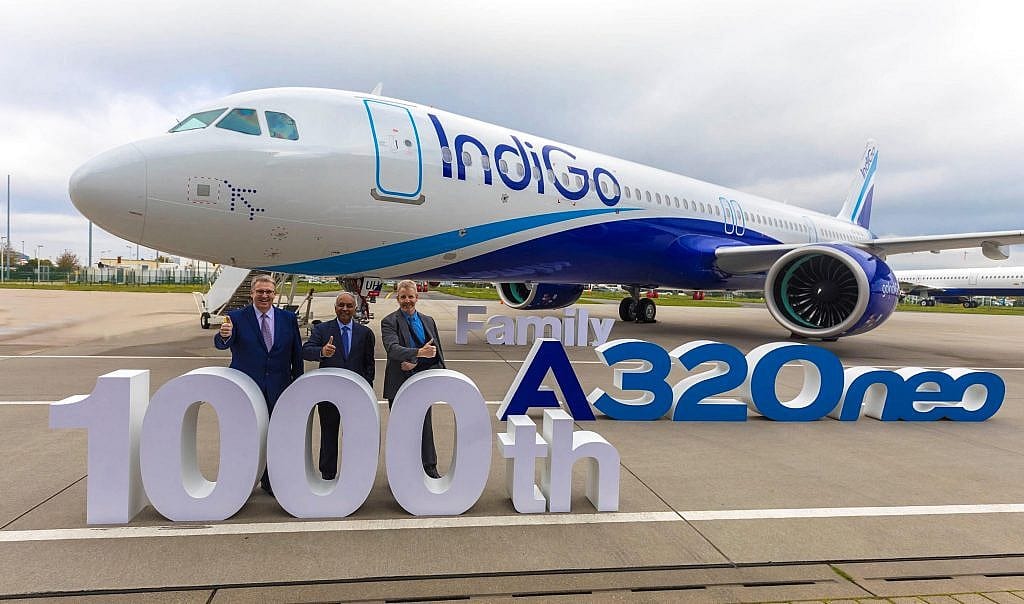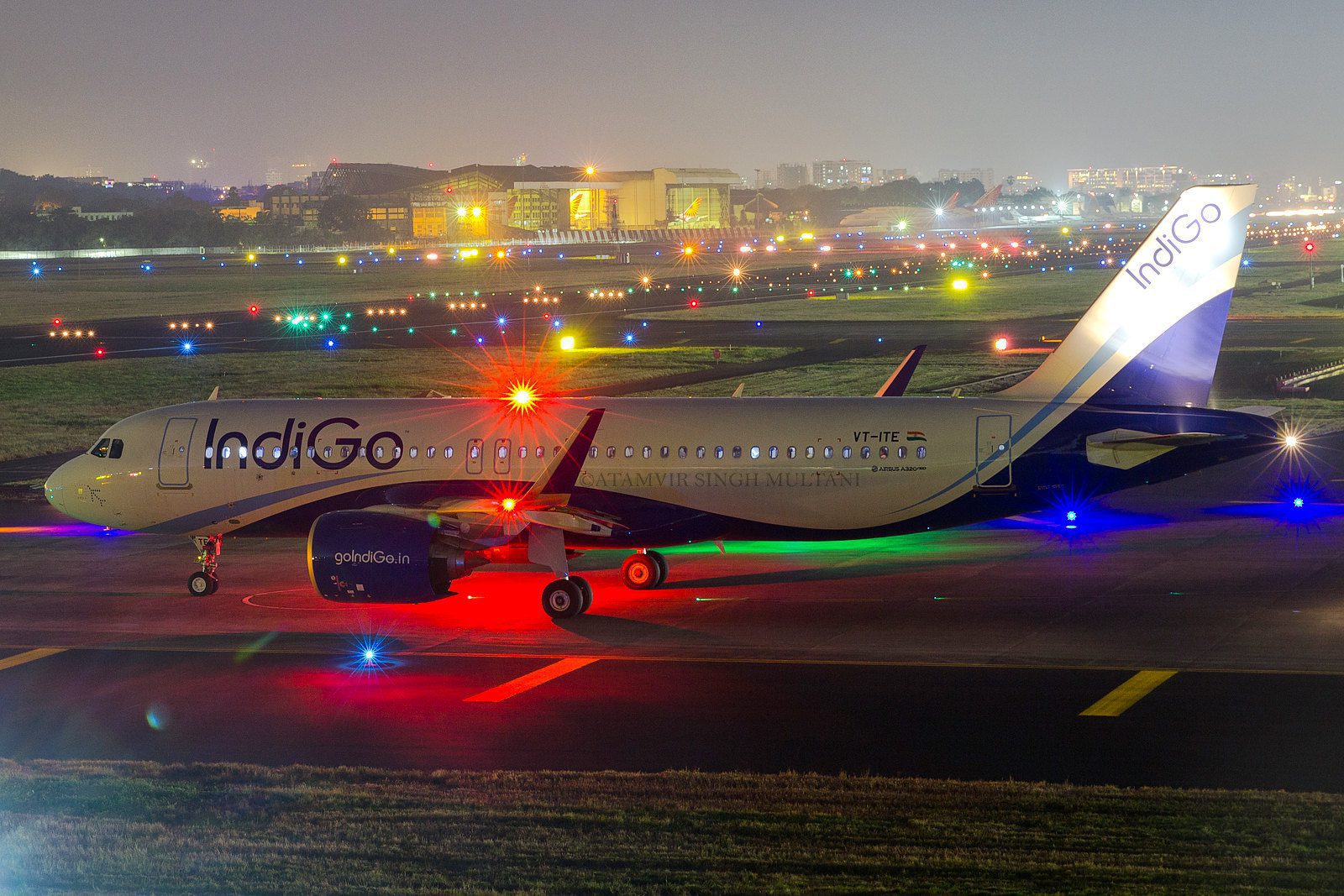A lengthy saga will soon end, when DGCA in India removes restrictions for A320neo aircraft using P&W engines. The decision will affect IndiGo and GoAir.
‘neo’ in ‘A320neo’ stands for ‘New Engine Option’, but really it should be ‘options’. A320neo users get to choose between the CFM LEAP-1A or the Pratt & Whitney PW1100G-JM. Both engines are in use in other airframes as well. The Boeing 737 MAX and COMAC’s C919 use different versions of the LEAP-1 engine. And the A220, Embraer’s E2 Jets and the Irkut MC-21 have P&W’s PW1000G variants.
All of which is good. It generally helps when a design gets around, as it assures future supply of components. Unfortunately, the P&W engine variant for the A320neo had some early problems. Such problems are not unusual in new designs. Unfortunately P&W took a bit longer to resolve them than usual. This may have been due to a misdiagnosis, relating to issues with other PW1000G variants (software-related).
These issues affected customers with P&W engines in their A320neo aircraft. GoAir in India was one of them, but IndiGo is the biggest A320neo customer in the world. And initially, all its aircraft had P&W engines. After no fewer than four in-flight shutdowns, the Indian Directorate General of Civil Aviation (DGCA) grounded the aircraft. Later the DGCA allowed flights, but with restrictions.

P&W Engine Replacement For Indian A320neo Aircraft
Eventually DGCA ordered the airlines to replace the P&W engines on their A320neos with units that incorporated fixes. More incidents (22 in total) prompted more restrictions. An issue was P&W’s ability to supply the engines. Airlines first tried running the aircraft with at least one modified engine.
Eventually supply caught up with demand. And now, with enough P&W engines for the A320neo aircraft of both companies, DGCA can remove restrictions. To do so, first it needs a 90-minute validation flight with an A320neo or A321neo, running the latest P&W engine version. An uneventful result will clear the engine and aircraft for use, without restrictions.
Pratt & Whitney’s engine is a good an efficient performer, but these childhood problems may have kinked its sales, to a certain extent. Early on, sales between P&W’s PW1100G and CFM’s LEAP engines for the A320neo were fairly close. CFM had a small edge with 55% of sales, rising to 60% in 2016. This was well before IndiGo’s and GoAir’s problems.

IndiGo Hedging Its Bets
Then last year IndiGo placed the biggest engine order in history, getting CFM LEAP-1A engines for 280 aircraft. Losing the $20 million deal was a blow to P&W. The company will have a chance to make amends, however. IndiGo has orders for another 300 aircraft. An engine contract for 150 of these A320neo aircraft is already in advanced discussions. Both P&W and CFM are suitors.
Pratt & Whitney has made investments in a service and repair centre in India. It’s P&W’s way of turning a disadvantage into a selling point. Whichever way IndiGo chooses, the engine maker will still have plenty of engines in the region that will require maintenance. The airline knows that its unique buying power during this crisis is rare and desirable to manufacturers…
This makes this a sale that neither engine maker wants to lose. IndiGo has plans to use its LR and the newly-ordered XLR variants of the A320neo, in distant European destinations. Beyond the financial side, P&W knows that such an order would be a great vote of confidence for its PW1100G engines. The next few weeks might be interesting. Either P&W or CFM could get a nice Christmas present from India.



